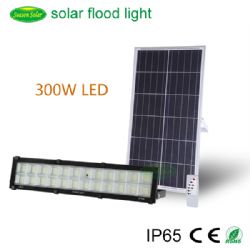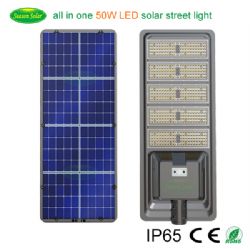What is solar energy?
Solar energy is, simply, energy provided by the sun. This energy is in the form of solar radiation, which makes the production of solar electricity possible.
Electricity can be produced directly from photovoltaic, PV, cells. (Photovoltaic literally means “light” and “electric.”) These cells are made from materials which exhibit the “photovoltaic effect” i.e. when sunshine hits the PV cell, the photons of light excite the electrons in the cell and cause them to flow, generating electricity.
Solar energy produces electricity when it is in demand – during the day particularly hot days when air-conditioners drive up electricity demand.
In use, solar energy produces no emissions. One megawatt hour of solar electricity offsets about 0.75 to 1 tonne of CO2.
PV panels are being used increasingly, both in the city and in remote locations, to produce electricity for households, schools and communities, and to supply power for equipment such as telecommunication, water pumps, systems, daily lighting etc.
-
New wall-mounted style 300W solar flood light/lamp with led light for billboard lighting
USDInquiry
-
New high power all in one style 50W outdoor solar street light/lamp with led light
USDInquiry
-
New Style high efficiency and bright LED Solar Garden Light/Lamp
USDInquiry
-
Top Quality 120W Outdoor LED Street Light
USDInquiry
E-mail: info@seasonsolarlight.com
Add: Unit 1307, Beverley Commercial Centre, 87-105 Chatham Road South, Tsim Sha Tsui, Kowloon, Hongkong



